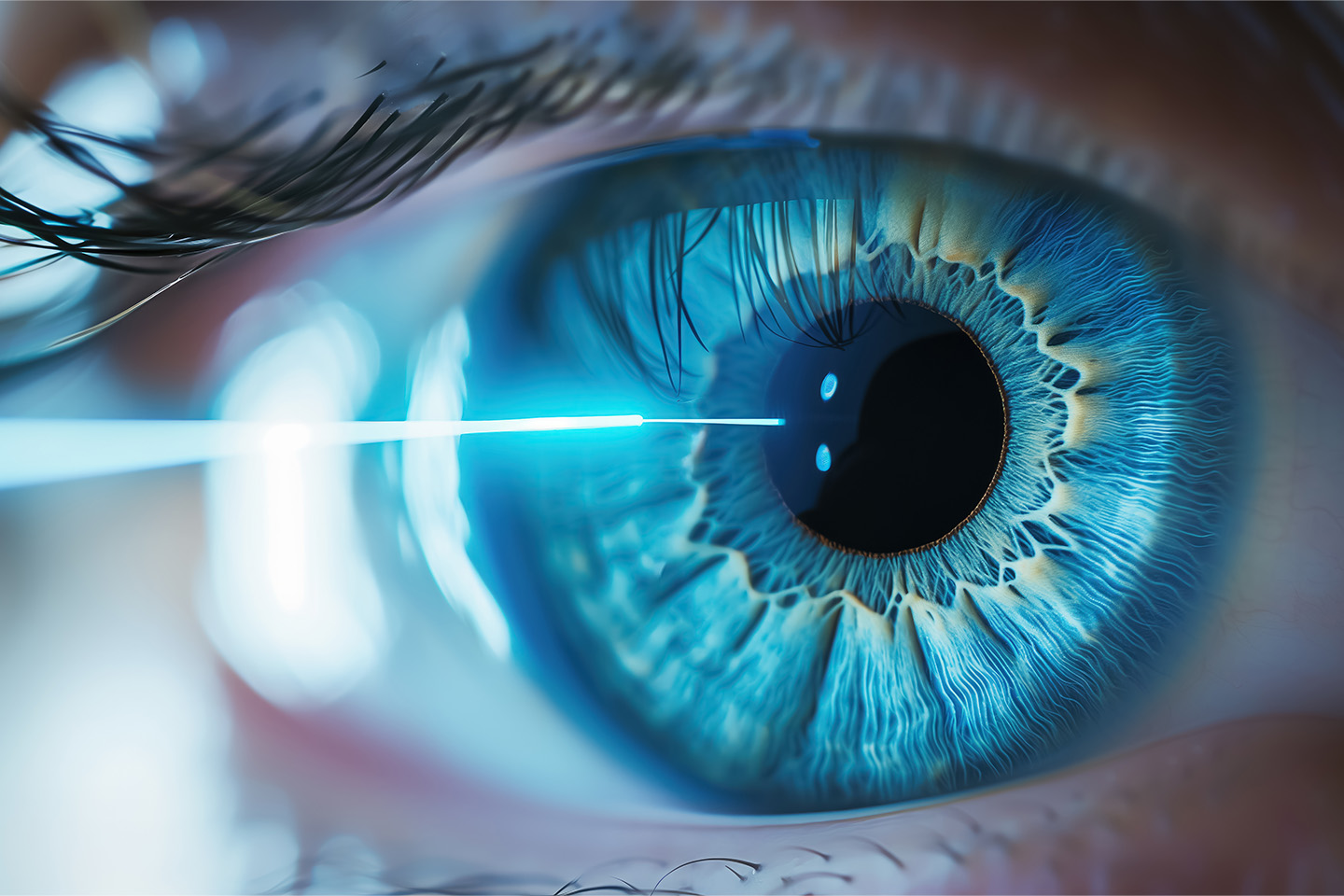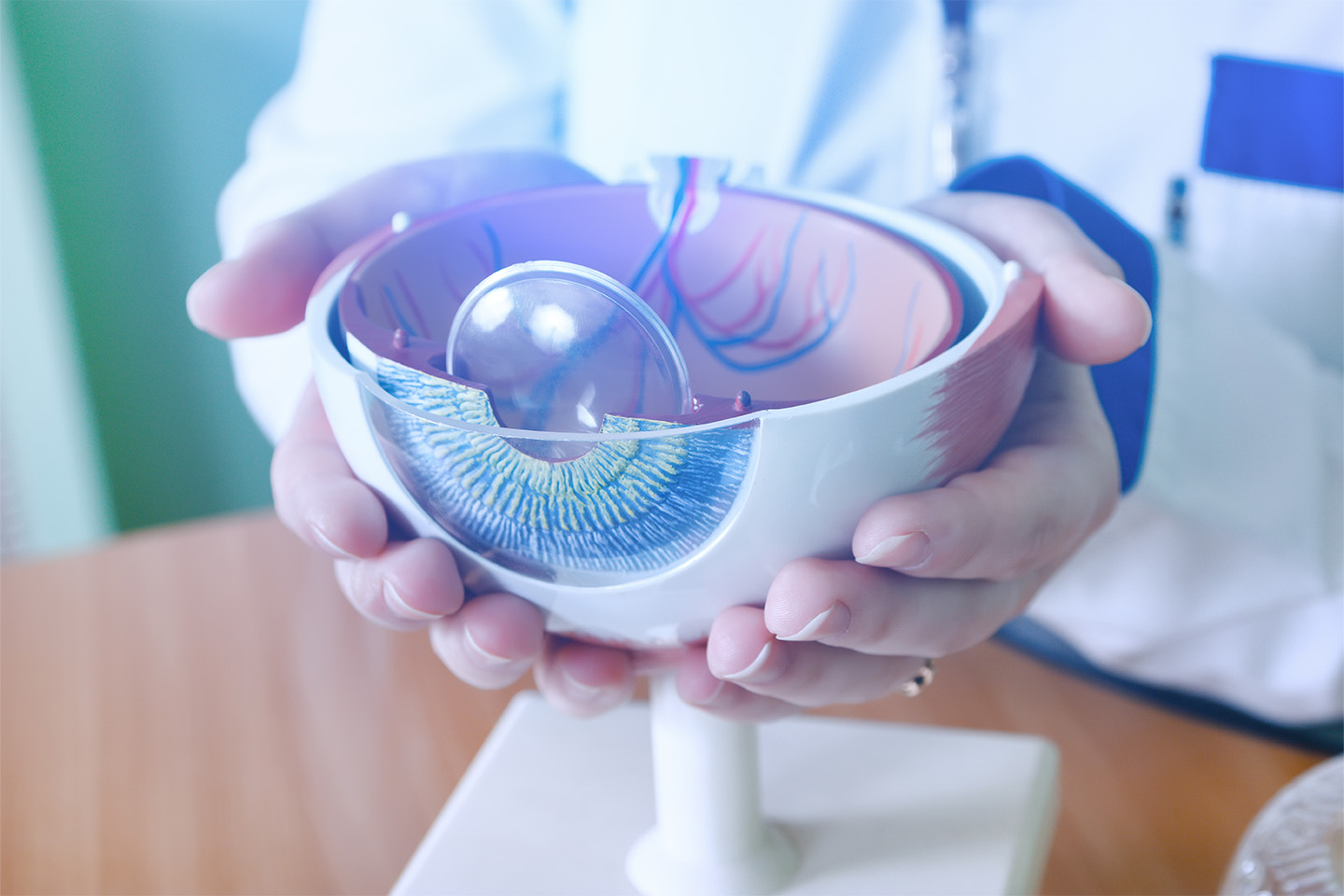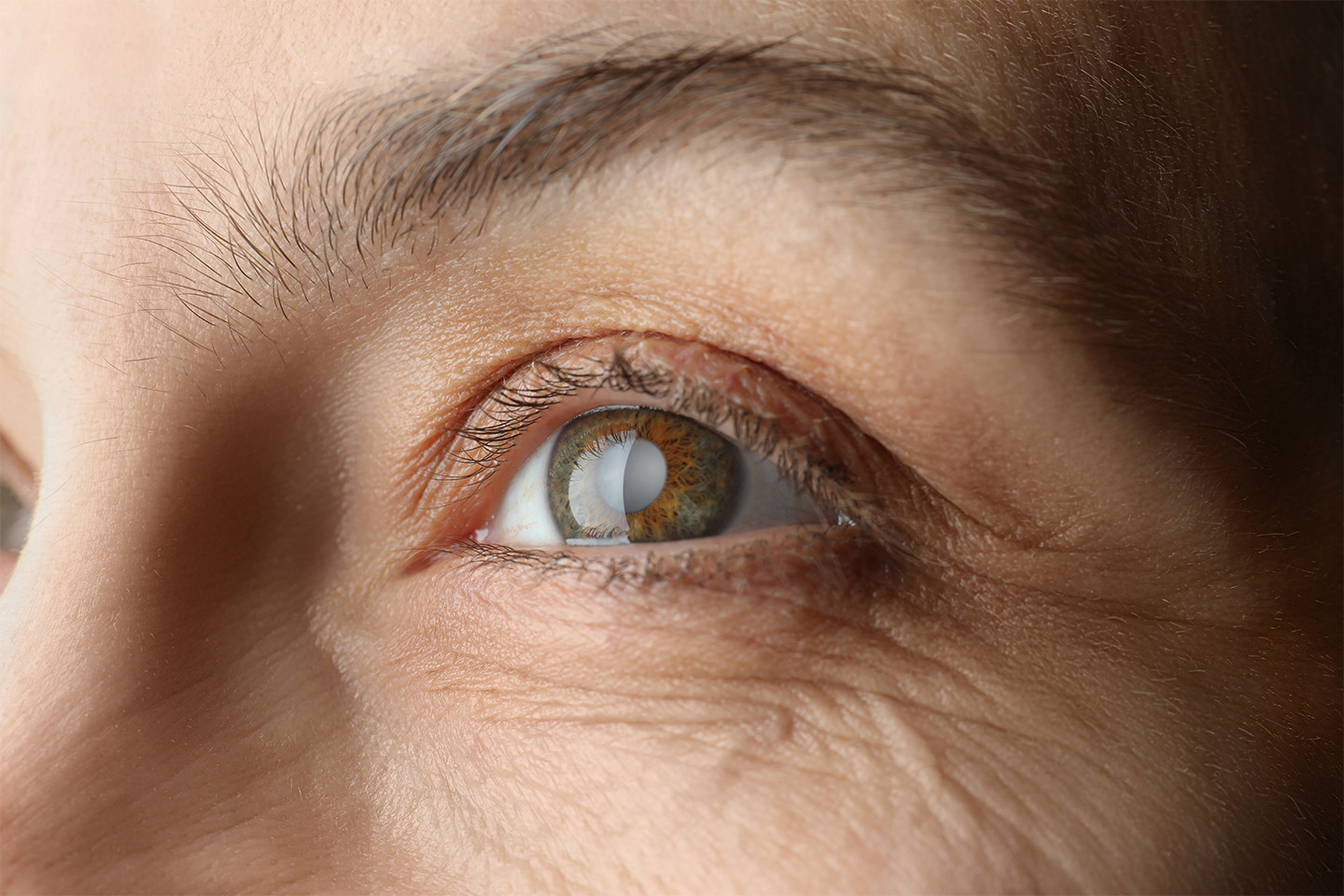Glaucoma Awareness Month

Since January is Glaucoma Awareness Month, here’s a crash course in everything YOU need to know about this vision-robbing disease.
The Stats
- Right now, 2.7 million people in the U.S. who are over 40 are living with glaucoma.
- Experts believe more than half of those living with glaucoma don’t know they have the disease
- The National Eye Institute projects the number of glaucoma-affected people in the United States will increase by a staggering 58% by 2030, topping 4.2 million.
- Glaucoma is the #1 cause of preventable blindness.
As you can see, glaucoma is quite prevalent. Let’s talk more about what it is and what can be done about it.
What is Glaucoma?
Glaucoma is actually a group of eye diseases that, if left untreated, can cause reduced vision or even blindness. The two main types of Glaucoma are open-angle glaucoma and closed-angle glaucoma.
Vision deterioration in both types of glaucoma is caused due to an increase in pressure in the interior of the eye (IOP). In a normal eye, fluid flows into (and out of) a small space in the front of the eye called the ‘anterior chamber.’ When a patient has glaucoma, the fluid drains more slowly than it enters the chamber, resulting in the increased pressure.
If this pressure isn’t relieved, the optic nerve and other key parts of the eye can become irreversibly damaged, leading to vision reduction and in some cases blindness. Again, this damage CANNOT be reversed once it has occurred, so it’s very important to take steps to identify glaucoma early on and to reduce your chances of developing this disease.
What are the Signs and Symptoms of Glaucoma?
Signs and symptoms are quite different for open-angle vs. closed-angle glaucoma.
Closed-Angle Glaucoma Signs and Symptoms
- Blurry vision
- Eye pain, most often severe
- Nausea, possibly vomiting
- Appearance of haloes around lights
- Red eye
- Sudden onset of vision issues, particularly in poor lighting
Open-Angle Glaucoma Signs and Symptoms
- Loss of peripheral vision, normally in both eyes
- Tunnel vision (in advanced stages)
Risk Factors
These are some of the more prominent risk factors for glaucoma.
- Advanced Age – Those over age 60 are at higher risk of glaucoma.
- Ethnic heritage – African Americans are 3-4 times as likely to have glaucoma compare to Caucasians. East Asians are also at a higher risk for glaucoma vs. Caucasian.
- Male vs. Female – Women are 3 times as likely to develop the disease as men.
- Eye conditions or eye injuries – Certain eye injuries have been linked to an increased risk of glaucoma.
- Eye surgery – Some patients who have had eye surgery may be at higher risk for glaucoma.
- Myopia (nearsightedness) – People who are nearsighted are more likely to develop glaucoma.
How is it treated?
At Kleiman|Evangelista Eye Center, we offer a variety of advanced solutions for glaucoma.
Treatments include:
- Argon Laser Trabeculoplasty
- Selective Laser Trabeculoplasty
- Endoscopic CycloPhotocoagulation (ECP)
- Medication Pills
- Medication Drops
What can you do?
There is not yet a cure for glaucoma. However, the best way to prevent long-term damage from glaucoma is to have regular eye exams so it can be caught and treated in early stages.
According to the glaucoma research foundation, a screening for glaucoma should be done at the following intervals:
- Prior to age 40, every 2-4 years
- Between age 40 and 54, every 1-3 years
- Between age 55 and 64, every 1-2 years
- Beyond age 65, every 6 to 12 months
Also, moderate cardiovascular exercise at least 3 days a week can help reduce intraocular pressure (IOP), which is key to glaucoma prevention.
Where do you fall in the age ranges above? Are you having the recommended check-ups and glaucoma screenings?
If you’d like to schedule your glaucoma screening at Kleiman|Evangelista Eye Center, simply click here.
Turn To The Top Eye Doctors In Texas
Check out one of our locations below for the best eye care near you:
[DISPLAY_ULTIMATE_SOCIAL_ICONS]








